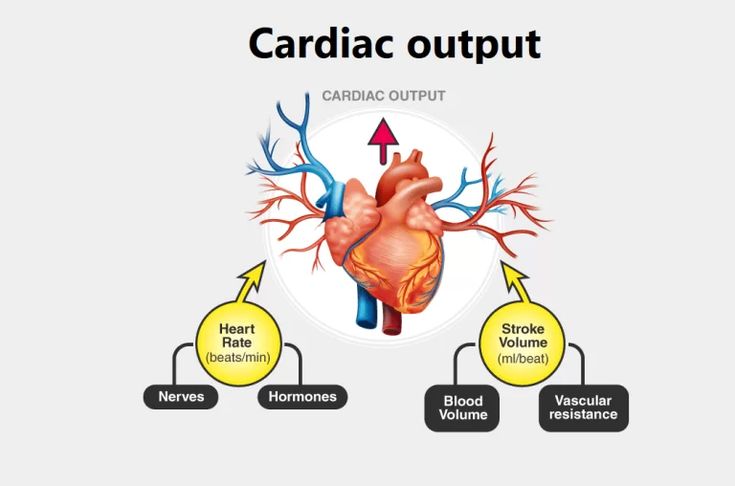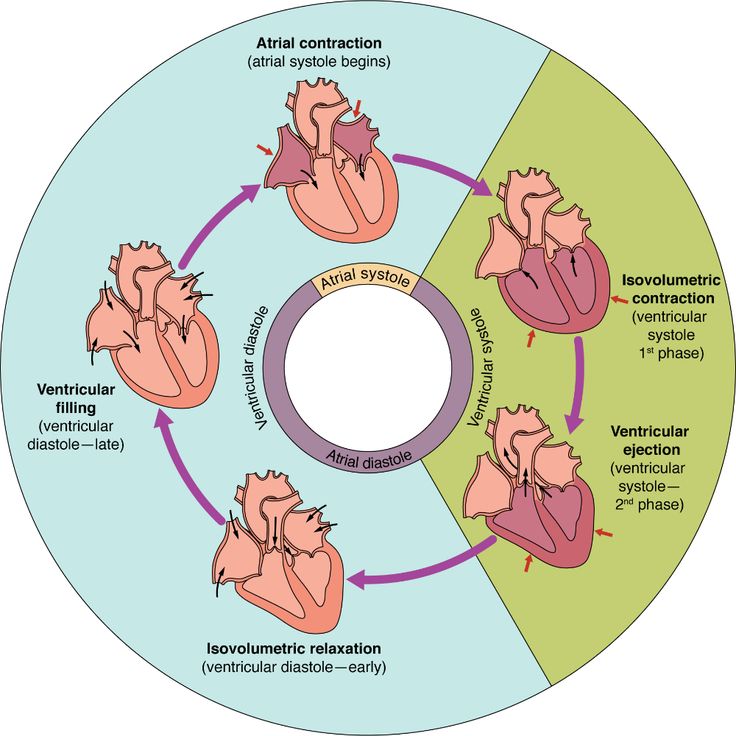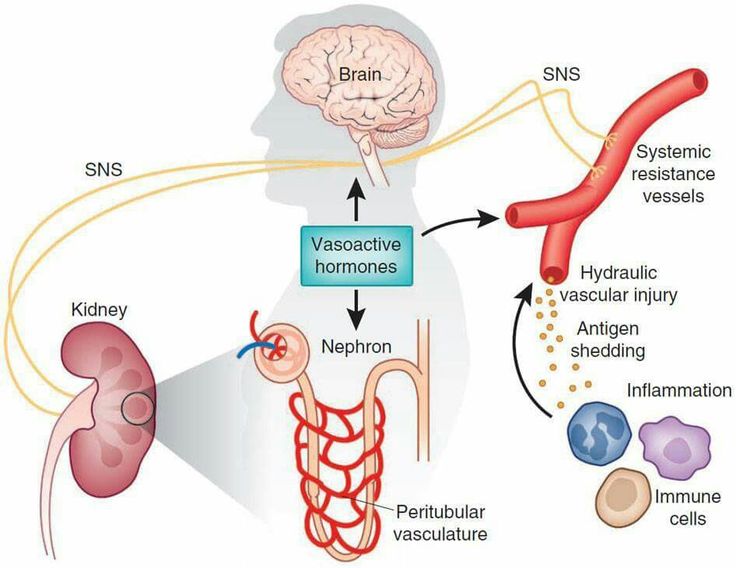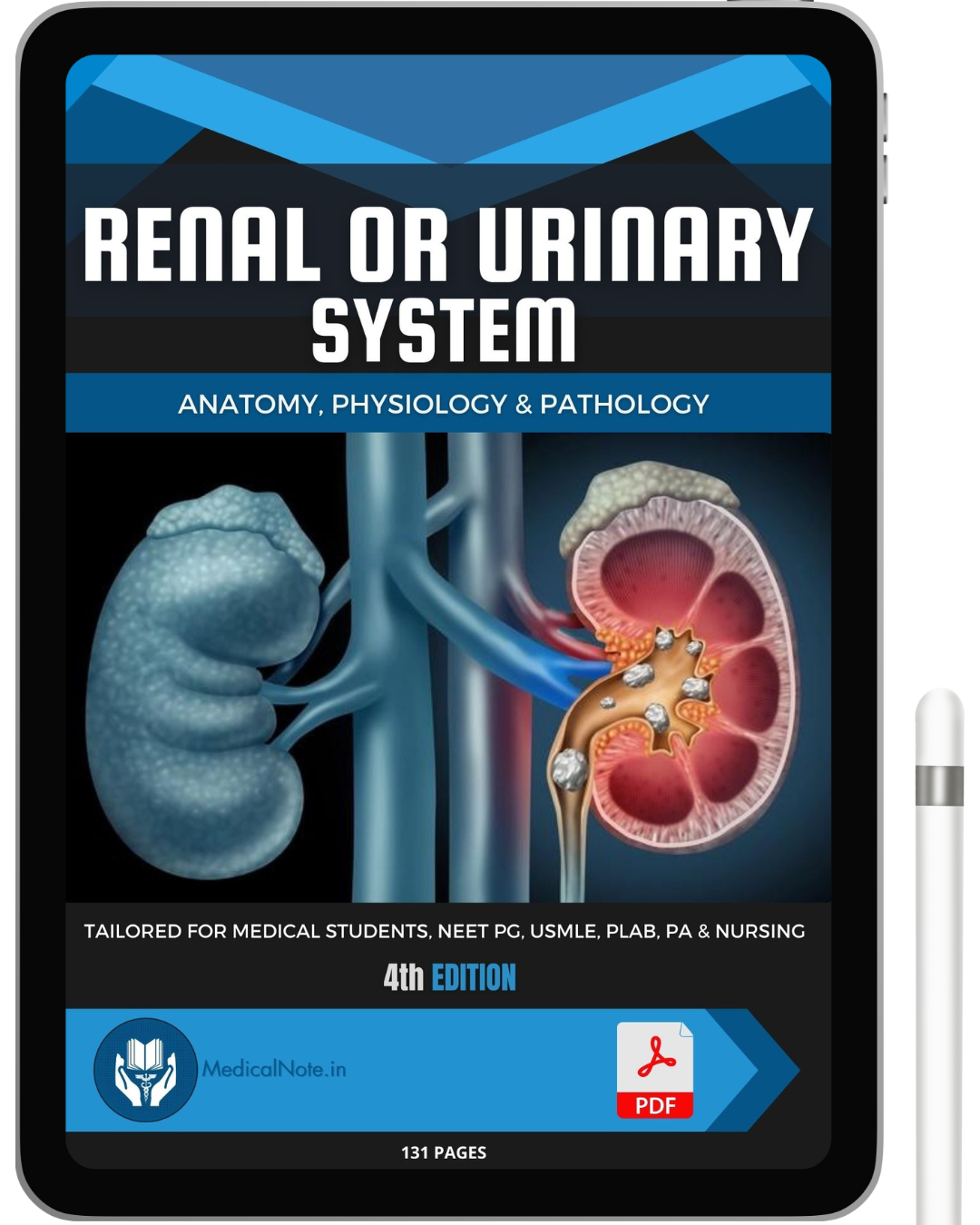Cardiac output is a critical parameter in cardiology, representing the volume of blood the heart pumps per minute. It is an essential measure of heart efficiency and overall cardiovascular health. In this blog post, we will delve into the components of cardiac output, how it is calculated, and the factors that influence it.
Definition and Calculation: Cardiac output (CO) is defined as the amount of blood the heart pumps in one minute. It is calculated using the formula:
- Stroke Volume (SV): The amount of blood ejected by the left ventricle during each heartbeat.
- Heart Rate (HR): The number of heartbeats per minute.
Factors Affecting Stroke Volume:
- Preload: The degree of stretch of the heart muscle before contraction. Higher preload increases stroke volume.
- Afterload: The resistance the heart must overcome to eject blood. Higher afterload decreases stroke volume.
- Contractility: The strength of the heart's contraction. Increased contractility increases stroke volume.
Factors Affecting Heart Rate:
- Autonomic Nervous System: The sympathetic nervous system increases heart rate, while the parasympathetic nervous system decreases it.
- Hormones: Hormones like adrenaline increase heart rate.
- Physical Activity: Exercise increases heart rate to meet the body's increased demand for oxygen.
Clinical Significance:
- Normal Values: The average cardiac output for an adult at rest is about 5 liters per minute.
- Measurement: Cardiac output can be measured using various techniques, including echocardiography and thermodilution.
- Implications: Changes in cardiac output can indicate various cardiovascular conditions. For example, low cardiac output can signal heart failure, while high cardiac output can occur in conditions like hyperthyroidism.



























